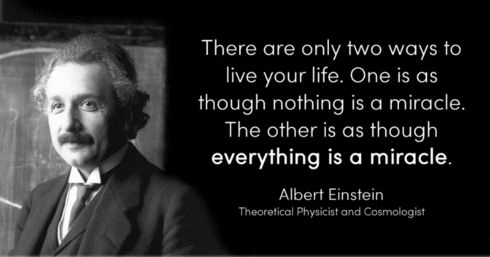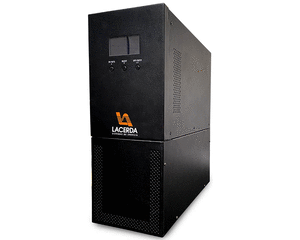Aplikace neuronových sítí v řízení střídavých regulovaných pohonů s asynchronním motorem Application of neural networks in the control of induction motor drives
Abstract
This doctoral thesis deals with the use of artificial neural networks in the field of control of electric
drives. In particular, the thesis focuses on the application of neural networks in systems intended for
estimation of the state variables of an induction motor. Four sensorless vector control schemes have
been implemented, in which an offline-trained feedforward neural network is utilized. The first
solution uses a neural network which directly provides the estimated mechanical angular speed, the
rotor flux is determined using the current model. The second solution is based on the use of the
RF-MRAS speed observer, in this case, a neural network is used in the place of the reference model, it
replaces the voltage model, thereby the problem of pure integration is eliminated. The main focus was
on the CB-MRAS observer. Two new modifications of CB-MRAS with a neural network in the place of
the current estimator have been proposed. The experimental results show an improvement in the
accuracy and stability of CB-MRAS in the regenerating mode. The verification was performed
employing an experimental drive equipped with a 2.2 kW induction motor and controlled by a control
system which is based on the TMS320F28335 digital signal controller. In order to work with neural
networks, the control system has been extended with a communication interface that allows the
collection of data needed for designing and testing neural networks. For all implemented methods, the
obtained results show a high level of accuracy in the low speed range.
The main contributions of the dissertation are as follows:
Creation of a laboratory workplace with an induction motor for working with control
algorithms based on artificial neural networks.
Experimental verification of four methods of sensorless vector control, which are based on the
use of an artificial neural network.
Experience with the design and training of artificial neural networks for given applications.
Design of two modifications of the CB-MRAS observer consisting in the use of an artificial
neural network.
VIEW FULL THESIS: https://dspace.vsb.cz/bitstream/handle/10084/145893/BAC0034_FEI_P2649_2642V004_2021.pdf?sequence=1&isAllowed=y

.gif)





Nenhum comentário:
Postar um comentário